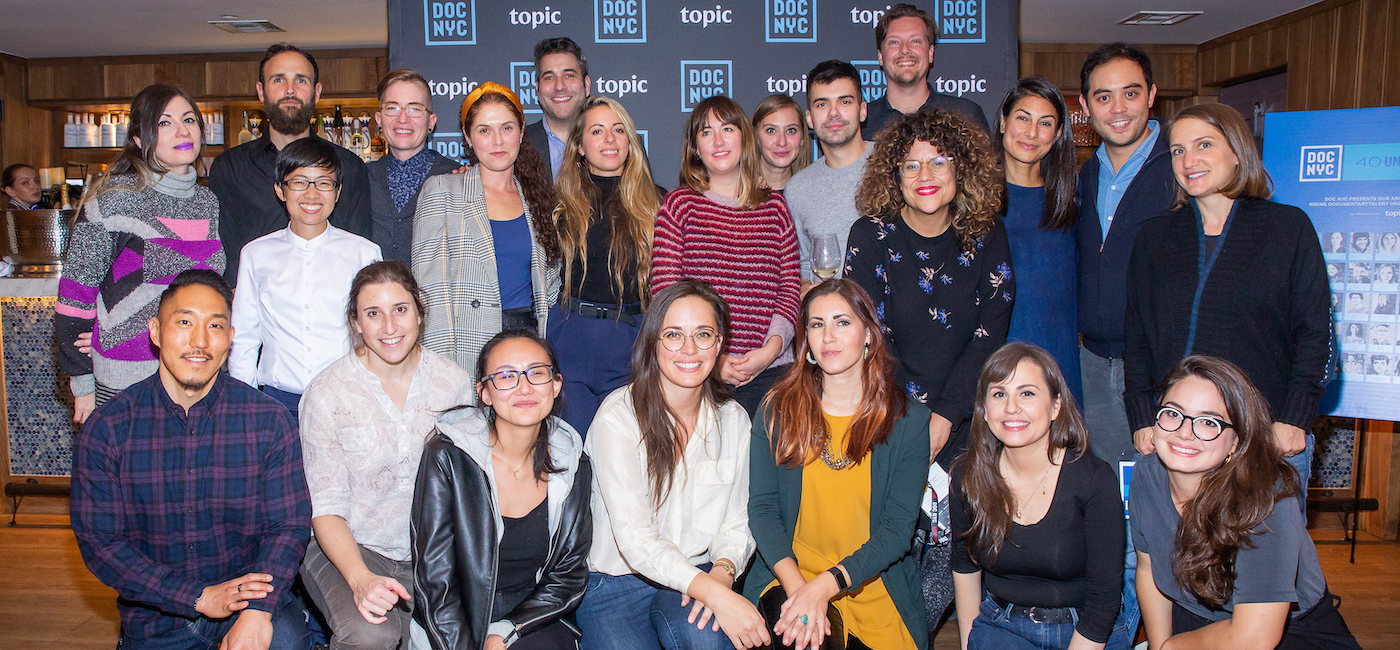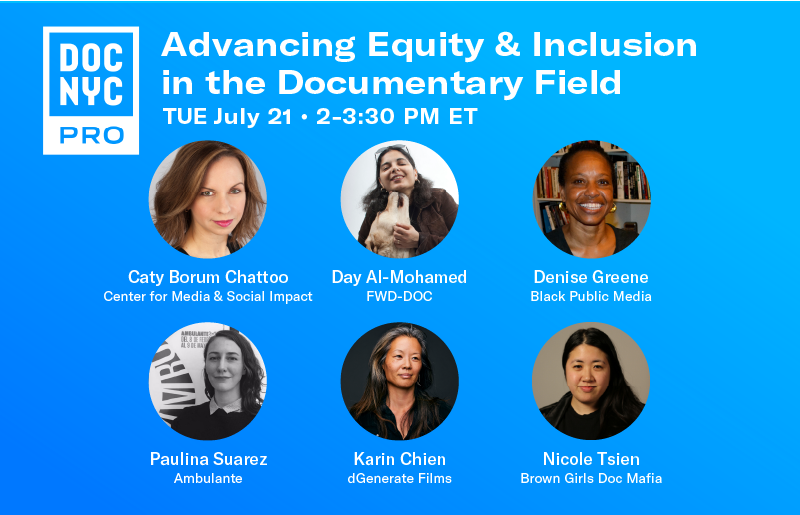Primary/Crisis: The Birth of Cinema Verite in the U.S.

“Ricky was my partner, and my friend. He was really kind of my father,” documentary legend D.A. Pennebaker said of filmmaker Richard Leacock following the double bill screening of the films Primary and Crisis on Saturday, at DOC NYC’s ongoing tribute to Leacock, who passed away in March of this year. “I learned a lot of things that I didn’t even know I needed to learn, just by being with him,” he said, adding, “Watching this was like watching yourself at summer camp, and remembering a time when you were really happy.”
Pennebaker was introduced to Leacock’s work one evening while watching television, when Leacock’s 1954 film Toby & the Tall Corn was aired. “This unknown filmmaker had made this film, and when I saw it I thought, ‘Oh shit, somebody’s done it,’” Pennebaker said. “I had in mind the idea that somehow television could be a door behind the stage of where the world worked, so that you didn’t get this constant babble of daily news. So that you actually saw into people’s lives, and learned something about them.” Years later Pennebaker was given the opportunity to work with Leacock on a series of shorts without creative constraints. “I could see that this was what I wanted to do, and in Ricky, I saw somebody who had done it,” he said.
To make Primary, producer Robert Drew convinced a young Senator John F. Kennedy and his opponent, Senator Hubert Humphrey, to allow Leacock to trail them with a camera for most of the five days leading up to the 1960 Democratic primary in Wisconsin. Pennebaker, who had a hand in creating the technology that allowed for mobile camera units to record synchronized sound for the first time, joined the production on election day, to help shoot as the returns declaring Kennedy the victor trickled in. The end result was a film considered to have created a new form of cinematic storytelling, U.S.-style cinema verite.
Pennebaker said the filmmakers faced the unforeseen problem of finding a television network that would broadcast the piece. “At the time, press television wouldn’t dare put something like this on the air because it didn’t show the other side, it didn’t show Ricky Nixon,” he said. “At that point, if you did that, you could lose your [broadcast] license.” He added, “It’s very hard when you’re dealing with people, and you have this jewel, and they don’t see it. But that is the reality of the world, you fabricate your jewel and many people don’t want to see it. So you have to live with that, or figure out how to get around it, or make it work somehow for you. And that’s really about half of what filmmaking is, if you’re an independent filmmaker.”
In the 1963 film Crisis, the filmmakers at Drew Associates again convinced the now President Kennedy and brother Robert F. Kennedy, the attorney general, as well as segregationist Alabama Governor George Wallace, to allow crews to follow them during Wallace’s standoff against the federal government over the integration of the University of Alabama. “We weren’t news cameramen, we were historians, and [President] Kennedy dug that,” Pennebaker said. “At one point he said to me, I wish I had film of the moment when Roosevelt had to declare war on Japan. And I thought, of course he would want to see that, because that’s what he would have to do if the moment came up. Of course they want to see what other presidents have done.”
The filmmaker’s efforts yielded a masterpiece of observational cinema, as well as a historical document of the time period in which the U.S. public was deeply polarized over the issue of racial equality. For Crisis, Pennebaker spent most of his time shadowing Roberty Kennedy, while Leacock was sent to Alabama to follow Wallace. The filmmakers were granted access that was denied even to the newspaper men of the era. “It was a time at which, at least briefly, filmmaking ruled. And for me, that was just fantastic,” Pennebaker said.
Pennebaker recalled that, after the shooting ended, Leacock spent a number of days pouring over the footage in order to synchronize phone calls made between Robert Kennedy and Deputy Attorney General Nicholas Katzenbach, who was spearheading the federal government’s strategy in Alabama, so that they could be intercut to play seamlessly. “That was something that our complicated synch rigs had no way to do,” said Pennebaker. “All the cameras were homemade, we had to make our own synch cameras. One of the amazing things to me was that they all worked.”





